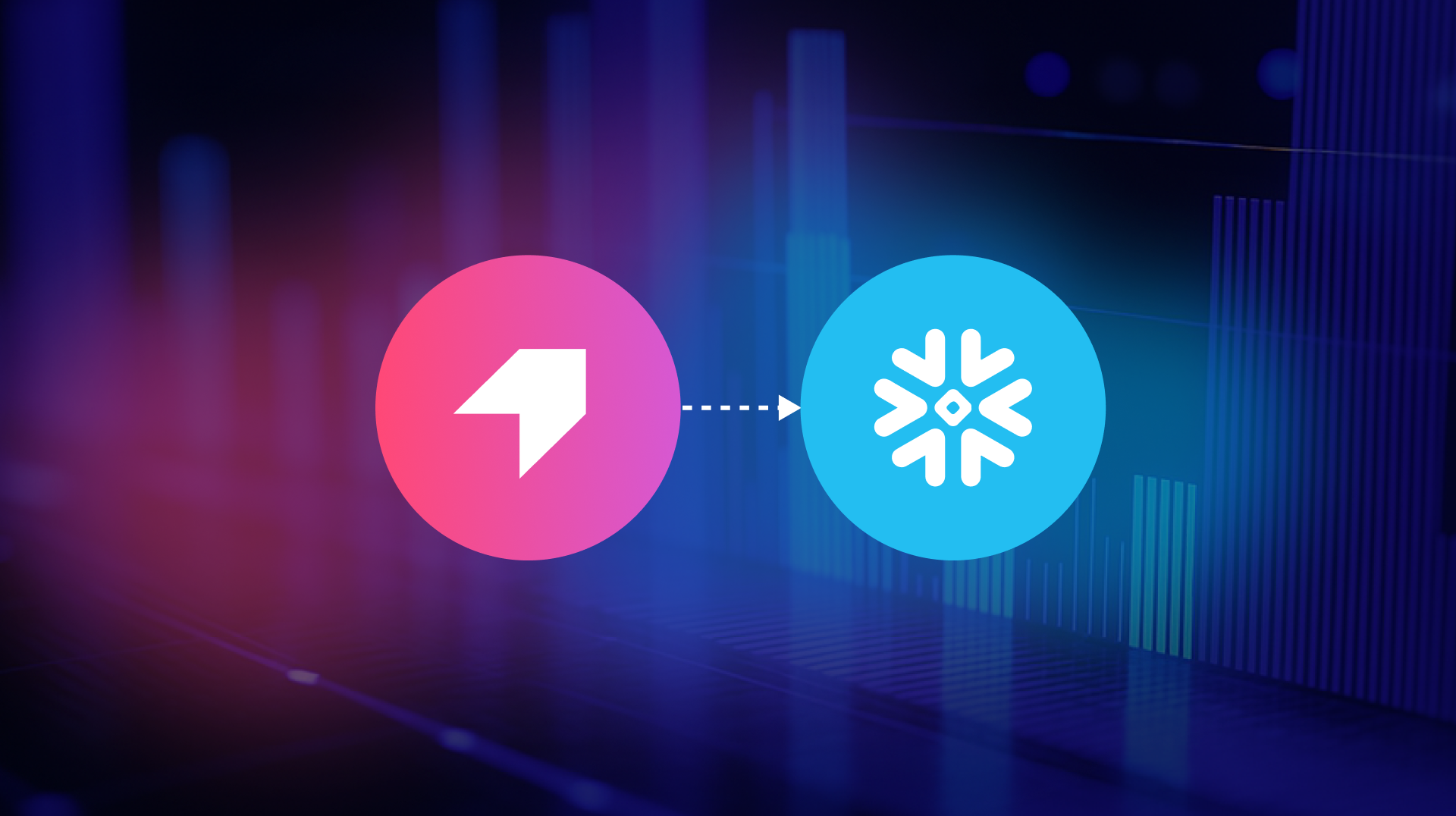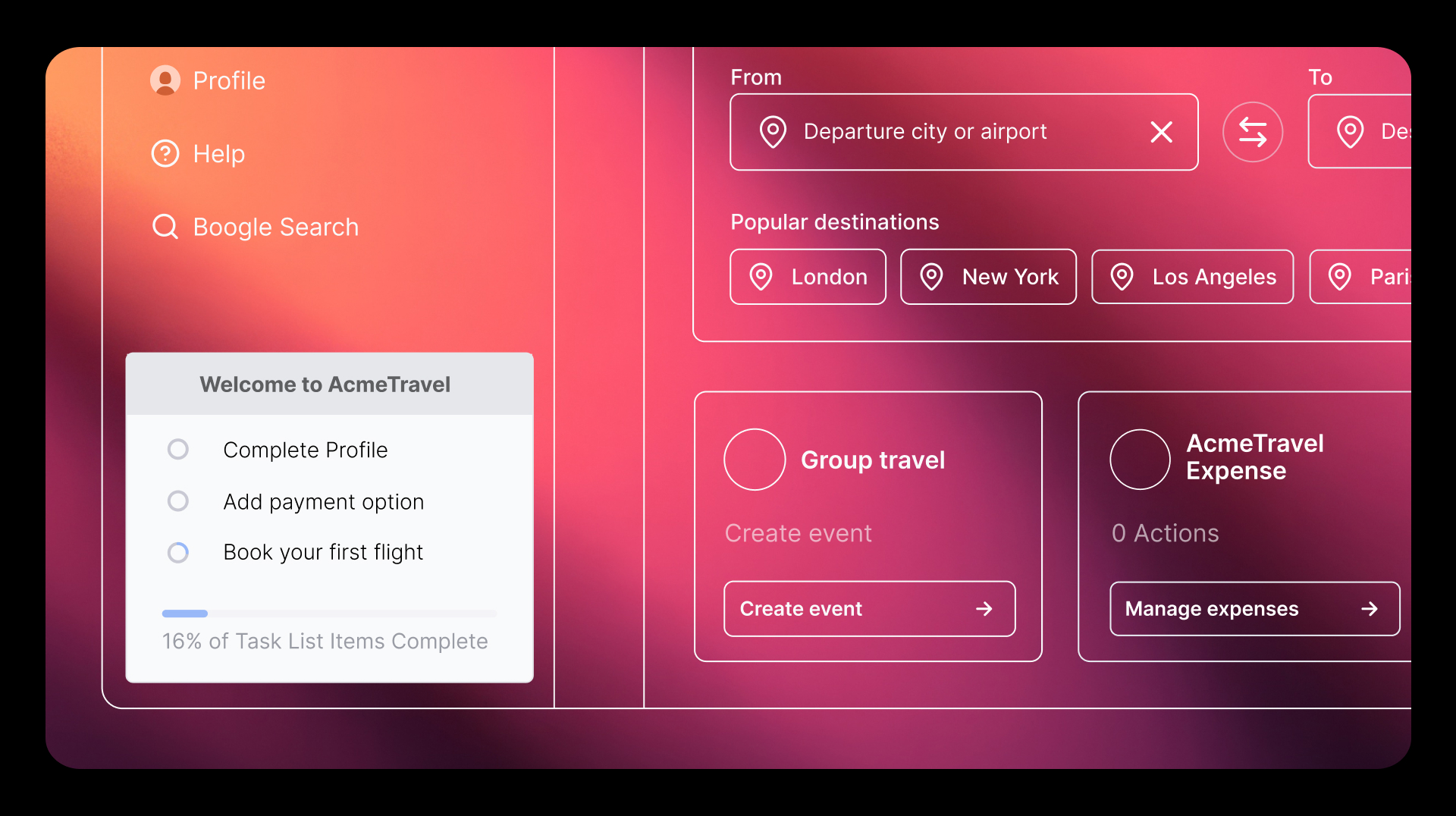There are more than five million apps on Google and Apple app stores. A huge majority (90%) of these apps cannot be discovered through any list, category, or genre. Of those that are discovered and downloaded, most of them are never used after the first time. In fact, according to AppAnnie, 80% of new users stop using the average app just three days after downloading it and 90% of users stop within 30 days.
As a result, it’s critical to ensure that your product stands out and the new users in your app come back again and again after that initial interaction.
Why PMs should think about retention
Many companies spend a lot of effort around customer acquisition as a growth strategy. Customer acquisition is expensive. If you do have a certain set of users signing up for your service or product, that means your acquisition efforts are working and these users are finding your value proposition compelling. Now you need to figure out how to engage and retain these users for as long as possible.
Several benefits come with improving retention. It is a well-known fact that retaining existing customers is cheaper than acquiring new customers. Higher retention also means you can afford to spend more potential $$$ for customer acquisition. Since these customers stay with the product longer, their ARPU and LTV is higher. Lastly, any customer growth efforts are amplified if more of these customers are retained.
On the other hand, if there is no concentrated effort on customer retention, you are pouring your time, money, and resources into a leaky bucket. That is why user retention is key for your Mobile app growth.
When to focus on retention
Now that we know how important retention is, the next question is when product managers should start measuring and improving retention. When you are in the early days of product development, the focus should be on building out key features and initial iterations to attract your first set of users. You want to get the most desirable features out, then spend time resolving crashes and bugs, and improving performance issues. Your goal at this stage is to find the product-market fit.
Once you have a few early users and they are sticking around in your app, it’s time to start analyzing the value these users are getting out of your product. Try to understand the core set of features your power users are engaging with and nudge other users to do the same.
Ideal retention
The first step in improving retention is to understand what ideal retention should be for your app. Is 50% retention good, or should you have 90%? There is no hard-and-fast rule when it comes to retention metrics. The app retention depends on the type of product and typical usage behavior for that type of product.
Product managers should look at competitors in their vertical to determine what the ideal retention rate should be for their product or service. Also, retention rate for your app should be calculated based on the typical product usage interval. For a music app like Spotify that is used fairly regularly by most users, weekly (or even daily retention) might be the best metric to measure., For a product that is generally used less frequently, such as a grocery shopping app like Instacart or a shopping app like eBay, it might be more prudent to track monthly retention.
How to improve retention
Your strategies for boosting retention would depend on where your users are in their product journey. Active users go through three different stages of retention:
- New user retention
- Current user retention
- Resurrected user retention
These three groups comprise all active users of your app. The main objective of improving retention is to get your new, current, and resurrected users to become more engaged current users. Since the three groups behave differently, the best ways for interacting with and retaining them are also different. Let’s look at how to put these strategies in place to move all of your users toward increased engagement.
New user retention
New users are users who are active in their first usage interval. In order to drive new user retention, start by looking at the baseline retention for your product. How many users are still using the app on day X? Do active users droff off to 70% or down to 20%? Try to understand the behaviors for users who are retained and those who drop off. Find the critical event that correlates with high retention.
Then, start designing an onboarding experience that directs new users toward completing the critical event. Create a first user experience to get your users to the “a-ha” (magic) moment by experiencing the core value proposition of the product as quickly as possible. This could be the number of shares in a week, the number of orders in a month, or the number of interactions in a day. For example, Facebook’s “a-ha” moment during its early days of growth was to get new users to add seven friends in ten days. For Instagram, getting users to pin something ensured that these users would come back to the app the following week.
Current user retention
Active or current users are the ones who have engaged with your product during the current and previous usage intervals. After the users have been onboarded, track their behavior, and see how their journey has evolved during their lifetime. Get them to experience the critical event and key features of the app again. Create a habit around core values. Create a cohort of users who were retained in the next interval after the habit formation phase. These are the current users who have successfully formed a habit around core features. Find out the features that correlate with high retention. Then get these users to experience the “a-ha” moment again by using the core features of the product. Finally, figure out a way to get the core value in front of these users as frequently as possible.
Resurrected user retention
Resurrected users are the ones who were not active in the previous interval but are active in the current interval and are not new users. Give these users something when they come back. Design an experience specifically for these users. Then identify how many potential resurrected users you have and track that cohort over time. Engage with them proactively before they become inactive again.
Systematize your changes
Once you have implemented the changes and interventions for each user segment listed above, run some A/B tests to measure improvements. Analyze data to determine whether goals were met and which segments show positive results. Make any positive changes part of the system through more permanent product changes.
Over time, your goal should be to move all of your users toward being more engaged overall by designing the right interventions and nudges based on their product lifecycle stage.


